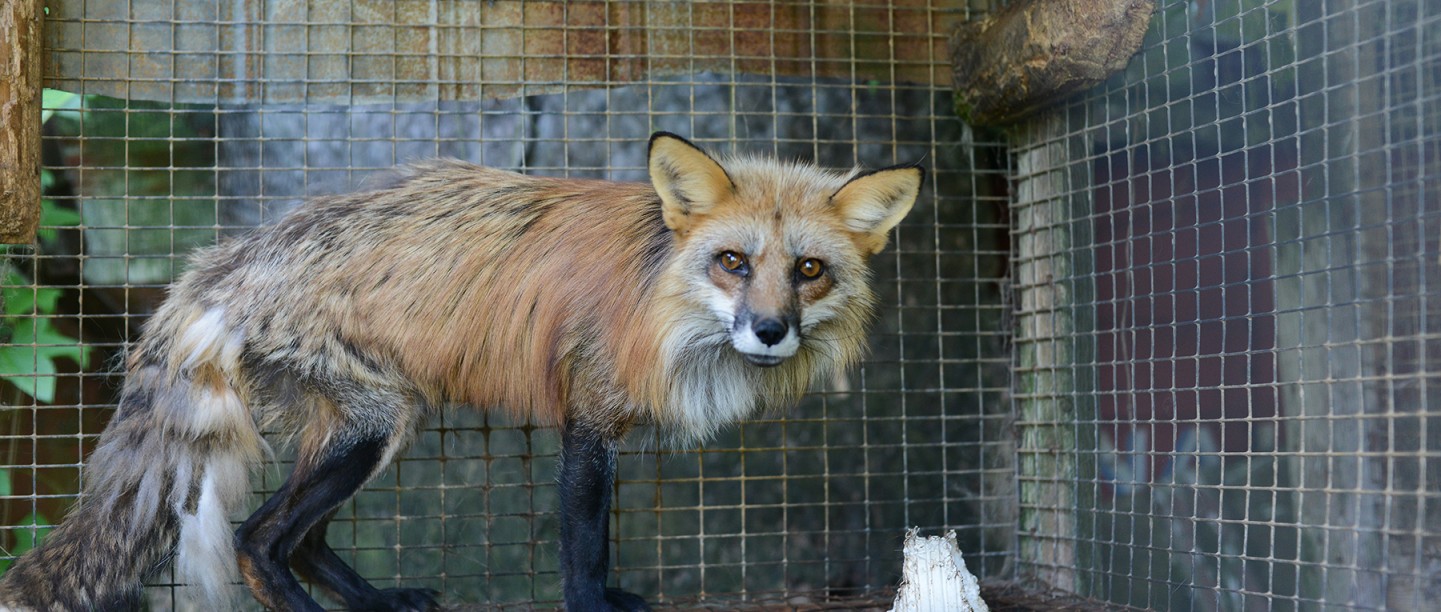Out of style
She was reaching for the monkey fur coat when it happened. As New York City fashion designer Kym Canter went into her closet to grab the vintage black fur that had once drawn admiring looks and made her feel chic and sexy, she felt something else entirely: She knew people at the party she was headed to would be looking at her, yes, but for the wrong reason—they’d be outraged by the suffering behind the fur. And she realized that as much as she loved the coat’s design and look, she could no longer ignore its origins.
For much of her career as a stylist, fashion editor and creative director, Canter had worked with fur. During eight years at luxury retailer J. Mendel, Canter had collected a kind of archive of dozens of furs—the kind that cost $45,000 and up. Some were her creations. Others, like the monkey fur coat, were her inspiration. But now she was starting to feel bad about wearing the skins of dead animals. A thought entered her head: “I don’t want to be this person—I don’t think I am this person.” She left the coat where it hung.
It was winter 2016. Canter began seeking out high-end faux fur and designing coats for herself, then her friends. In November 2017, with money from the sale of 26 of her animal furs, she launched a new label, a faux fur line called House of Fluff. Canter is CEO and creative director. Alex Dymek, formerly director of fur development at J. Mendel, joined her as design director.
“Fur? I’m out of that,” Donatella Versace told the Economist in 2018. “I don’t want to kill animals to make fashion.”
Chloe Mendel, whose grandfather founded J. Mendel, switched from animal fur to faux in 2017 when she founded Maison Atia in New York, which uses the same craftsmanship, even the same sewing machines. “[Faux fur] was an unexplored material that I knew had a lot of potential,” she says. “It has [the] ability to be worked similarly to the way fur is but so much more. You can manipulate the weaving of the fabric, or the actual material. Factories are pushing the boundaries of what this material can look and feel like.”




